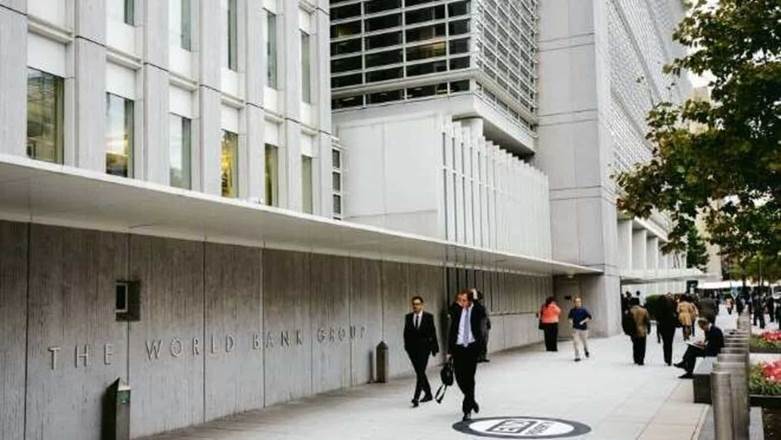Free Courses Sale ends Soon, Get It Now


Free Courses Sale ends Soon, Get It Now



Copyright infringement is not intended
Context: 160-200 mn Indians could be exposed to lethal heat waves annually: World Bank report
Details:
Findings:
Solutions proposed:
https://epaper.thehindu.com/Home/ShareArticle?OrgId=GHLAJ37JI.1&imageview=0
© 2024 iasgyan. All right reserved